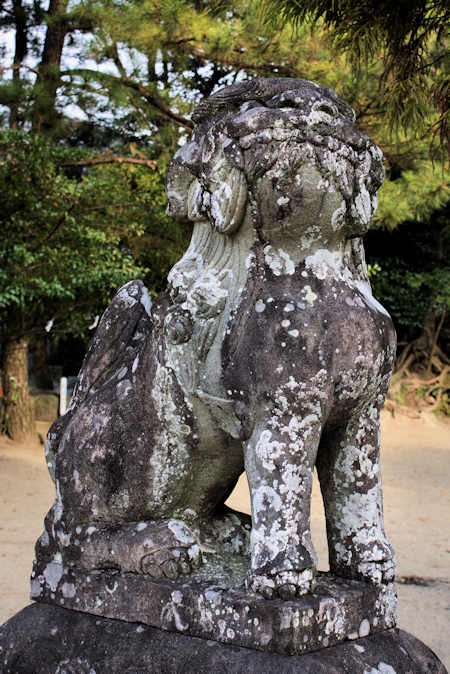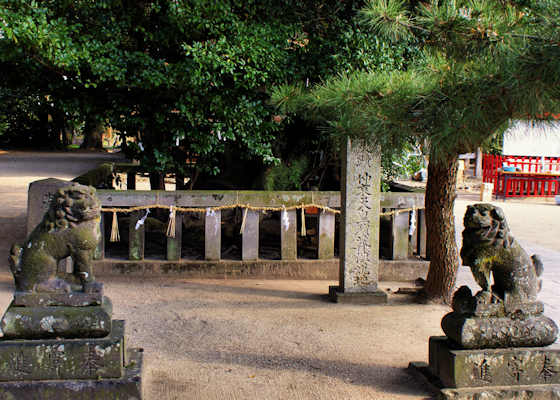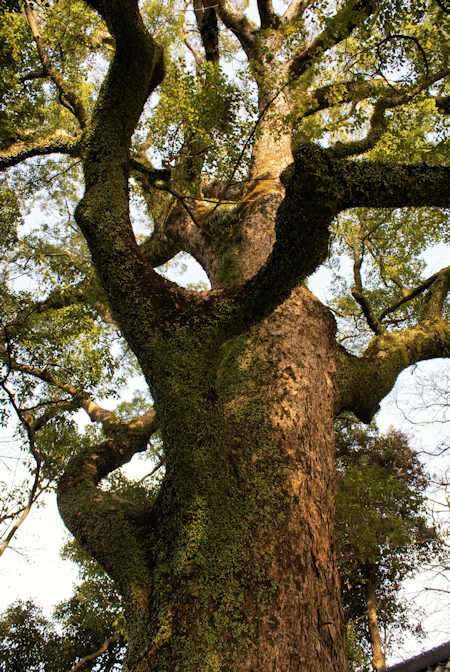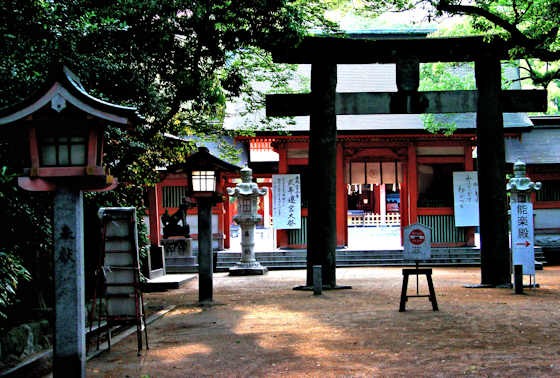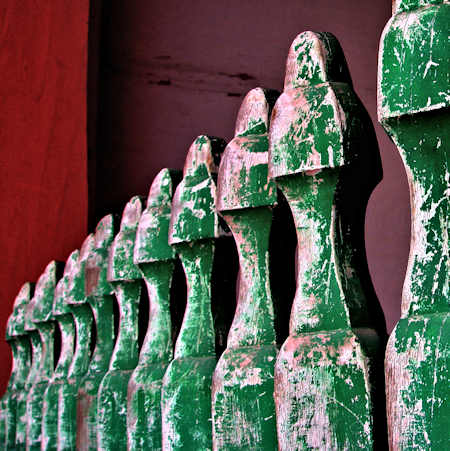Showing posts with label jingu. Show all posts
Showing posts with label jingu. Show all posts
Tuesday, September 24, 2024
Chinkaiseki Hachimangu Shrine Itoshima
Saturday, October 29, 2022
Misetaireiseki Shrine & the Myth of Empress Jingu
Misetaireiseki Shrine & the Myth of Empress Jingu
There is absolutely zero historical evidence of such an invasion, but in the 20th century, the Jingu myth was used to justify the occupation of Korea.
According to the myth, she took with her a stone containing the spirit of Chuai, and on her return left it here and founded the shrine to protect Korea.
The third photo is of the rock around which the shrine is based. The 6th photo is inside the Awashima Shrine in the grounds. Misetaireiseki Shrine is one of only a few shrines in the Chikugo region that were listed in the Engi Shiki, which means it used to be quite important.
Wednesday, October 26, 2022
Yokoguma Hayabusataka Shrine
Japan Shrines
According to the story, Emperor Chuai, considered the last of the "emperors" of the Yayoi period, and who was based here in northern Kyushu rather than the Yamato area, received an omen from the kami Takamimusubi who took the outward form of a bird that alighted on a pine tree before flying off to the north.
My next stop was the nearby Frog Temple, Nyoirinji, and several of the shrines i visited later were also connected to Jingu.
Sunday, February 6, 2022
Sumiyoshi Shrine Hakata
Sumiyoshi Shrine Hakata
Labels:
hakata,
jingu,
national treasure,
Shrine,
torii
Friday, October 25, 2019
Kagoshima Jingu
After getting my hotel room in Hayato I set off the explore the local shrine, Kagoshima Jingu, and was delighted to discover that this evening was going to be the Summer Matsuri and the shrine approach was lined with stalls setting up and large lanterns decorated with chidrens painting hung everywhere.
The wooden horse at the entrance was far more decorative than any other shrine horse I had seen because this one is how a horse is decorated for the Hatsu Uma Festival when the horse leads a procession to the shrine. The festival is said to originate from a dream had by the regional Daimyo who had slept at the shrine.
There are a lot of secondary shrines throughout the extensive grounds as this was the Ichinomiya, the highest ranked shrine in the province of Osumi which today forms the eastern half of Kagoshima Prefecture. The main enshrined kami are Hoori and Toyotamahime, the grandparents of the mythical first emperor Jimmu and legend says it was founded at that time.
This is the southern Kyushu variation of the founding myth of Japan that more usually places the activity further north in the mountains of Miyazaki around Takachiho. The ceiling of the main hall is decorated with hundreds of paintings of regional plants.
Also enshrined here are Emperor Ojin and his mother Jingu, collectively enshrined as Hachiman. There are quite a few huge camphor trees in the grounds too....
Labels:
hayato,
hoori,
horse,
ichinomiya,
jingu,
kyushu108,
Matsuri,
ojin,
Shrine,
toyotamahime
Saturday, January 27, 2018
Matsushima Shrine Usuki
Matsushima Shrine
Located on a long, narrow island near the mouth of the Usuki River, Matsushima Shrine was founded in 1707.
The three main kami enshrined here are Sokozutsunoo, Nakazutsunoo, & Uwazutsunoo, three kami that were created when Izanagi was purifying himself in water after fleeing from the Underworld.
There is no agreed upon meaning for their names, though they are the three kami that collectively are enshrined at Sumiyoshi shrines. The inclusion of Jingu as a secondary kami further suggests the connection to Sumiyoshi. Why it is a Matsushima shrine and not a Sumiyoshi shrine is not clear to me.
There are other Matsushima shrines so quite probably this was founded as a branch of the main one. Also enshrined here is Sugawara Michizane, Tenjin.
Labels:
jingu,
komainu,
kyushu108,
nakatsutsuno,
Shrine,
sokotsutsuno,
sugawara michizane,
usuki,
uwatsutsuno
Sunday, November 1, 2015
Kitayama Shrine, Mount Wakasugi
Located right on top of Mount Wakasugi at about 660 meters above sea level, the maps and many people call it Kitayama Shrine, but it is really the Upper Taiso-gu shrine. The lower Taiso-gu I stopped in at on my way up the mountain.
Not surprisingly it seems to have the same set of kami enshrined as at the lower shrine, the main one being Izanagi, along with Amaterasu, and Hachiman.
All around the shrine are Buddhist statues and shrines as the Okunoin where Kukai supposedly practised austerities is in a cave just below the shrine. It was usually Buddhists or Yamabushi who established shrines on mountaintops like this.
There is a large, white statue of the mythical Jingu, mother of Ojin, and a curious statue of Daikoku with an extreme smile....
Sunday, August 17, 2014
Birth Stones at Umi Hachimangu
According to the ancient myths, Emperor Chuai and his consort Jingu travelled to Kyushu to fight the Kumaso people of southern Kyushu. Jingu was known as a shamaness and she received a message from the kami that they should attack and subdue the countries on the Korean Peninsula. Chuai scoffed at the idea and was promptly killed by the kami. Jingu took over and organized a military invasion of the peninsula. She was pregnant with the child of Chuai and in order to stop the child being born before she returned she placed 2 smooth, round stones "in her loins".
Jingu was gone 3 years and when she arrived back she safely gave birth to the child who would become Emperor Ojin. The name of the place she gave birth was changed to Umi, and now a Hachimangu shrine stands at the place.
Behind Umi Hachimangu is a large container filled with stones, koyasunoishi, safe birth stones. A woman who prays at the shrine for a safe birth for her child will take oe of the stones home with her. Upon the safe birth of the child the woman must then find another stone and write the new childs name and birthdate on it before returning both stones to the shrine.
Saturday, August 16, 2014
Umi Hachimangu
Umi Hachimangu is located a little to the east of Fukuoka City. Like all Hachimangu, it enshrines primarily Ojin, the posthumous name of the "emperor" Homuda Wake.
What is unique about this Hachimangu is that it is built on the site where, according to the ancient myths, Homuda Wake was born, and the place name was changed to Umi, derived from the Japanese word for birth.
Along with Ojin, his mother Jingu is enshrined. Often Hachimangu will have Ojins father Chuai and Ojins wife Himegami enshrined, but here it is Tamayorihime, who is sometimes considered to be an individual, and sometimes considered to be a generic word for Miko.
While I was there a ceremony was going on. It may have been a Purification ceremony, but I suspect it more likely to be a ceremony to pray for safe childbirth, something this shrine is particularly known for.
Subscribe to:
Posts (Atom)








